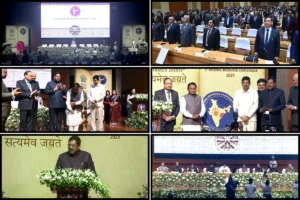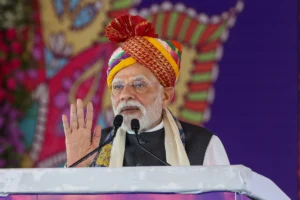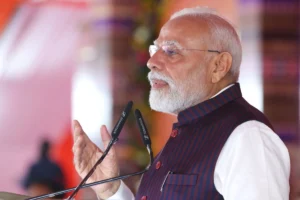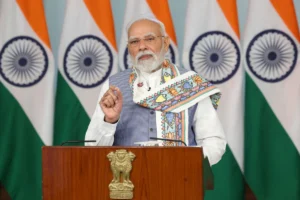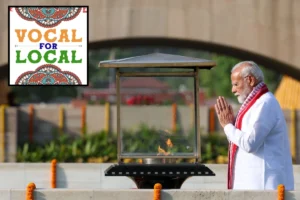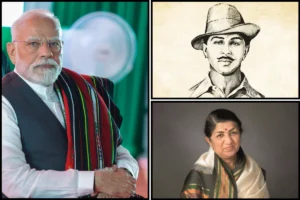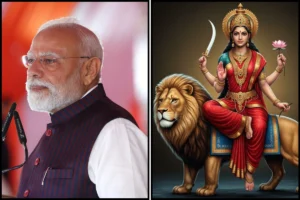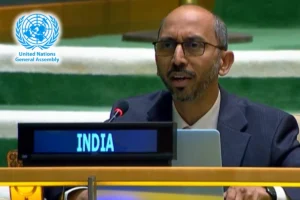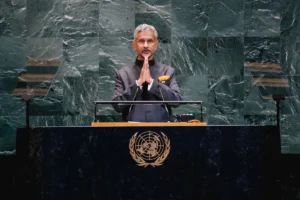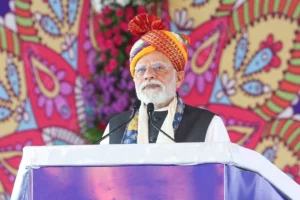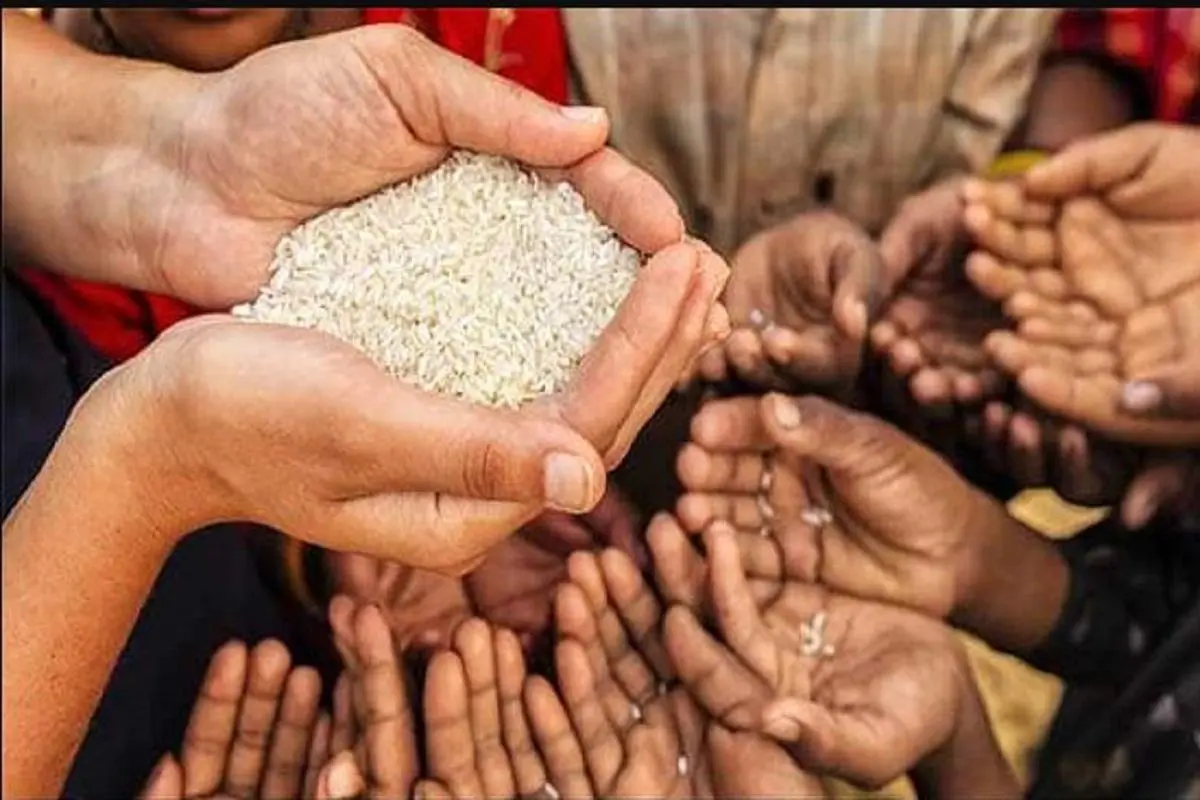
Niti Aayog
According to a Niti Aayog report released on Monday, Uttar Pradesh, Bihar, and Madhya Pradesh saw the fastest decline in the number of people living in multidimensional poverty, which is defined as having poor health, education, and living conditions.
National Multidimensional Poverty Index (MPI)
According to the second edition of the National Multidimensional Poverty Index (MPI), India has seen a considerable decrease in the number of multidimensionally poor people from 24.85% in 2015–16 to 14.96% in 2019–21.
Urban areas showed a fall in poverty from 8.65 percent to 5.27 percent, while rural areas experienced the fastest decline, from 32.59 percent to 19.28 percent.
According to the paper “National Multidimensional Poverty Index: A Progress Review 2023,” published by Suman Bery, Vice Chairman, Niti Aayog, “A record 13.5 crore people moved out of multidimensional poverty between 2015-16 and 2019-21.”
The 12 SDG-aligned indicators that make up the National MPI measure simultaneous deprivations across three equally weighted aspects of health, education, and standard of living.
What does it include?
These include housing, assets, bank accounts, cooking fuel, sanitation, drinking water, years of education, maternal health, child and adolescent mortality, nutrition, and maternal education.
All 12 indicators have shown a significant improvement, according to Niti Aayog, who also noted that the report uses the Alkire-Foster methodology created by its technical partners, the United
Nations Development Programme (UNDP) and the Oxford Poverty and Human Development Initiative (OPHI).
According to the most recent version of the global MPI, which was published by UNDP and OPHI at the University of Oxford, 415 million individuals in India were able to escape poverty between 2005/2006 and 2019/2021, a period of only 15 years.
The Niti report credits the government’s commitment to enhancing access to sanitation, nutrition, cooking fuel, financial inclusion, drinking water, and power for the drop in poverty. The MPI’s 12 parameters have all significantly improved.
What does the survey say?
According to the survey, the proportion of multidimensionally poor people decreased the quickest in Uttar Pradesh, Bihar, Madhya Pradesh, Odisha, and Rajasthan.
Between 2015–16 and 2019–21, the MPI value practically fell in half, from 0.117 to 0.066, and the percentage of people living in poverty decreased from 47% to 44%.
According to B. V. R. Subrahmanyam, CEO of Niti Aayog, India is well on its way to attaining SDG Target 1.2 (of cutting multidimensional poverty by at least half) far before the target year of 2030.
According to the report, initiatives like the Poshan Abhiyan and Anaemia Mukt Bharat have helped to lessen health disparities.
The Swachh Bharat Mission and Jal Jeevan Mission, among other programs, have improved sanitation nationwide.
With a 14.6 percentage point decrease in the lack of cooking fuel, the Pradhan Mantri Ujjwala Yojana (PMUY), which provides subsidized cooking fuel, has made a beneficial impact on people’s lives.
To read more such news, download Bharat Express news apps








